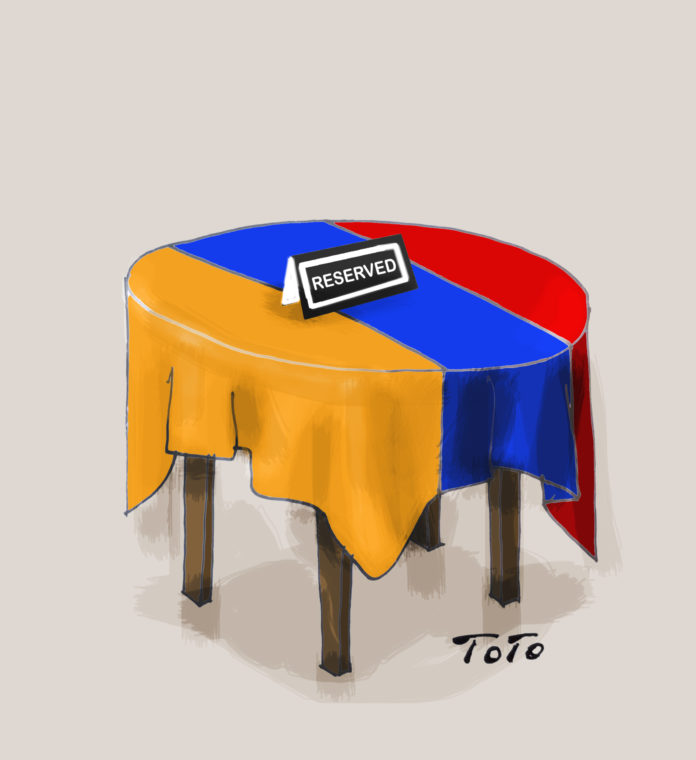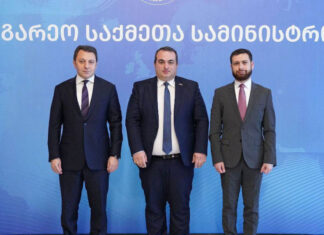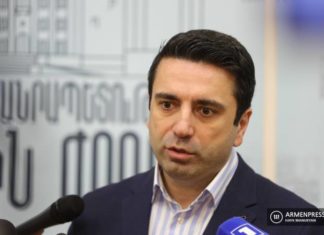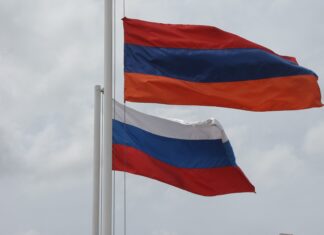A cloak-and-dagger story is currently unfolding in and around Armenia, as the security chiefs of three major powers have visited Yerevan in quick succession.
First came Ali Shamkhani, the secretary of Iran’s Supreme National Security Council. The next was Central Intelligence Agency (CIA) Director William Burns, followed immediately by Sergei Naryshkin, Russia’s director of Foreign Intelligence Services.
So many visits by foreign dignitaries have created confusion in the news media and political circles; the question was whether Armenia had become such an important country to deserve so much attention, or whether there was a calamity brewing in the region.
Information about the meetings has been scant, as boilerplate news releases were issued by representative parties about corresponding Armenian-Iranian, Armenian-American and Armenian-Russian relations. One has to be naïve to believe that statesmen of that caliber could travel such distances for insignificant issues. There were certainly major developments behind the smokescreen of generic news releases.
All involved parties have been tightlipped, allowing analysts to hazard speculations.
Major events under consideration were the phone conversation of Prime Minister Nikol Pashinyan and Turkish President Recep Tayyip Erdogan in July, as well as the impromptu meeting of Foreign Ministers Ararat Mirzoyan in Tbilisi, at the invitation of Georgian Foreign Minister Illia Darchiashvili, with Azerbaijan’s Foreign Minister Jeyhun Bayramov, without intermediaries.









